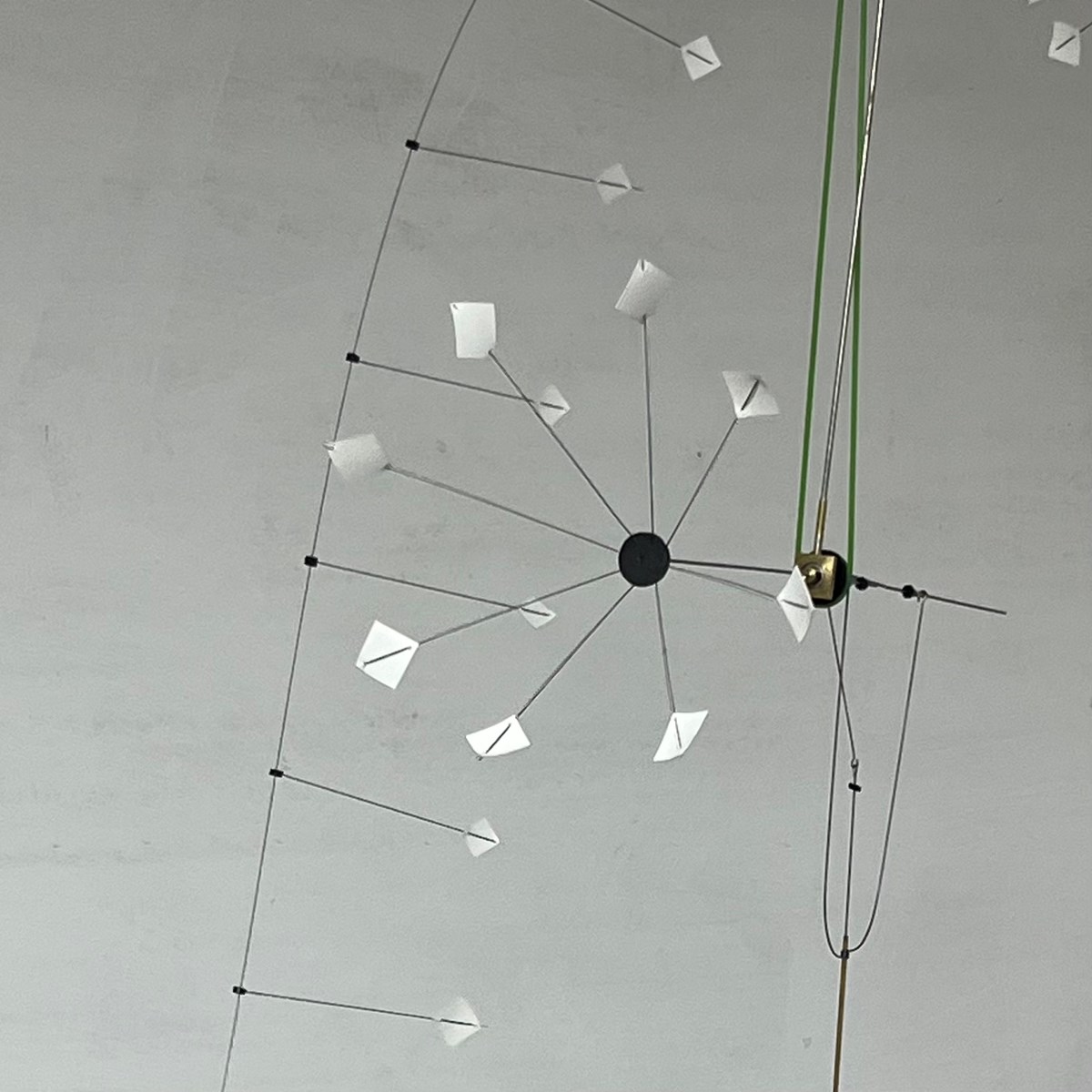William Waterhouse
William Waterhouse
30 November 2023 - 31 January 2024
88 Gallery
86-88 Pimlico Road
SW1W 8PL London
United Kingdom
We are delighted to be launching three kinetic artworks by the brilliant London-based artist William Waterhouse.
Known mainly for his kinetic art, his work is process-led, and each piece results from an empirical process that draws on his immense talent as draughtsman, sculptor and mechanic. The hands-on, intuitive aspect of his method is key here, for no technical plans or drawings precede the creation of his artworks which grow without preconceived direction, the organic process vital to the life of each finished piece.
William’s work sparks immediate curiosity, and there is a joy and lightness about it that draws the viewer in. The way he plays with form, line and balance touches on something fundamental about perception, and the intricacy of the mechanical processes combined with the delicacy of the resulting choreography of lines, shapes and colours is riveting.
William has presented installations both in and out of the gallery context, at events and institutions as diverse as Tate Modern, an allotment shed in Peckham, the Bottle Factory (for London Design Week), a window of Selfridges and now at 88 Gallery London, and his work is attracting ever-increasing attention in the UK and internationally.
One of the three pieces we will be presenting is a standing artwork inspired by the famous Eltham Palace lemur: Mah Jongg. The other two both belong to the 'Awe-to' series, a series which develops a material language designed around the rotational power of a small motor. One, the largest of the series so far, has been made specifically for the space. We can’t wait to see it in action. The other is the first made in this series. In this work, ‘Song 1’, as in so many of William’s artworks, as material becomes movement and movement becomes material, the piece takes on a life of its own that evokes both joy and fragility. In the artist’s words: ‘if music was material this would be my song’.

